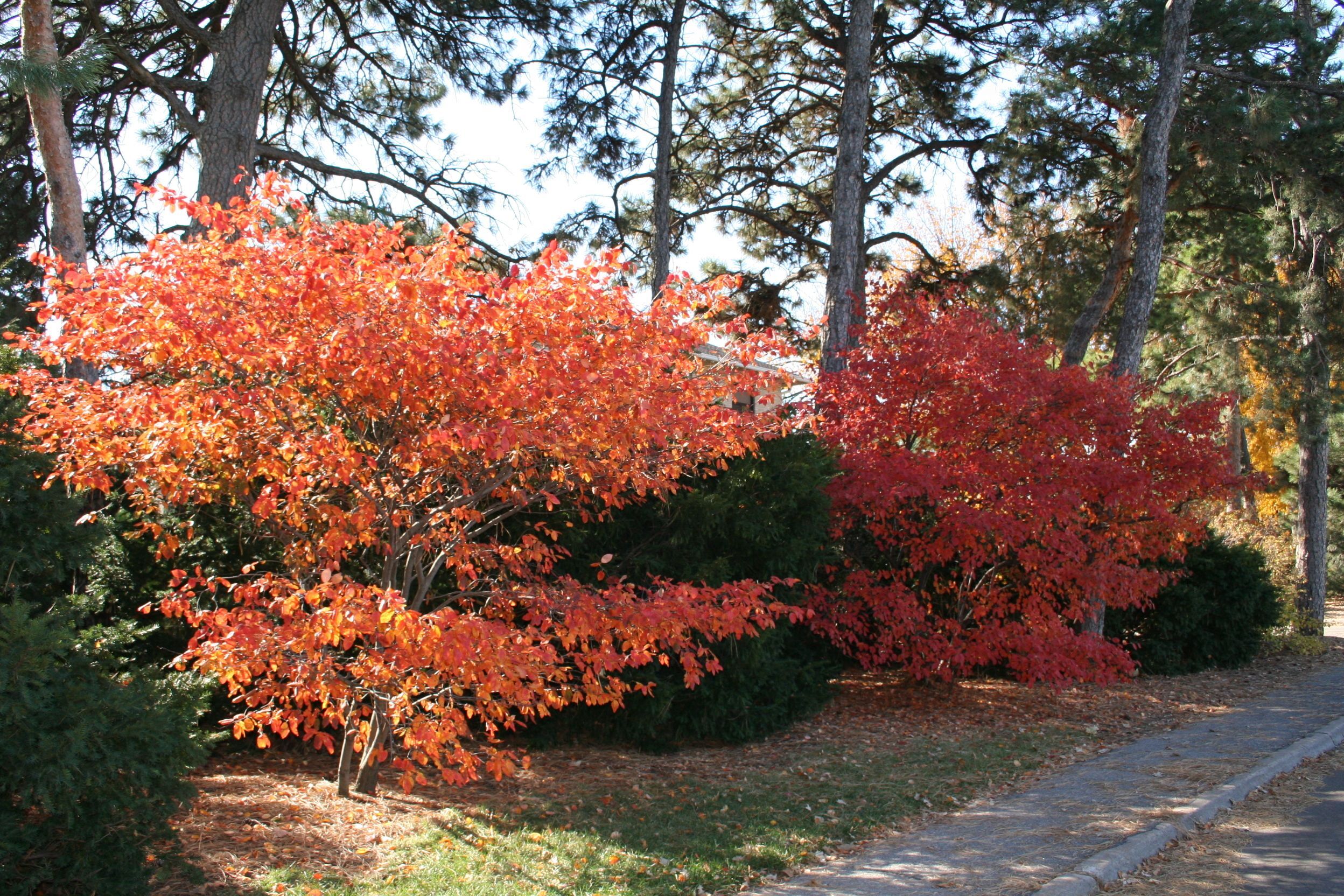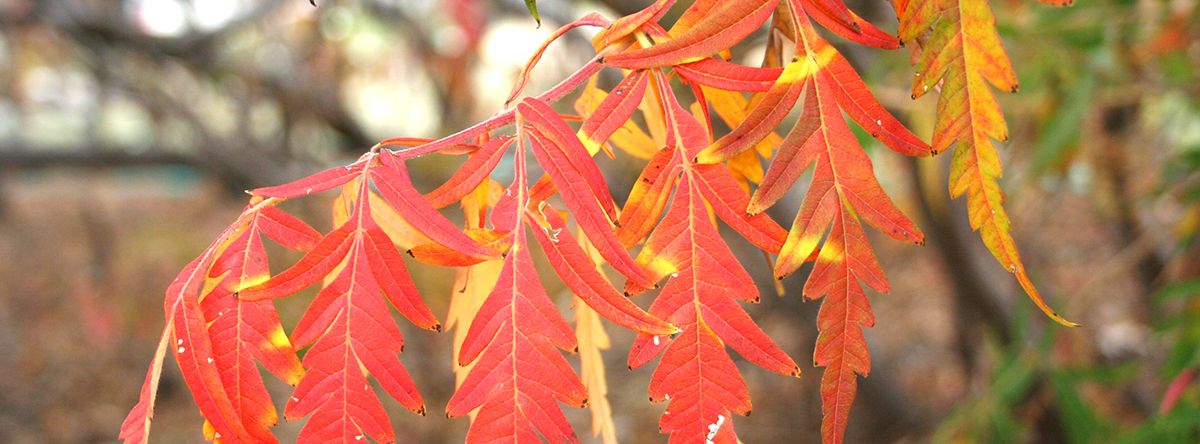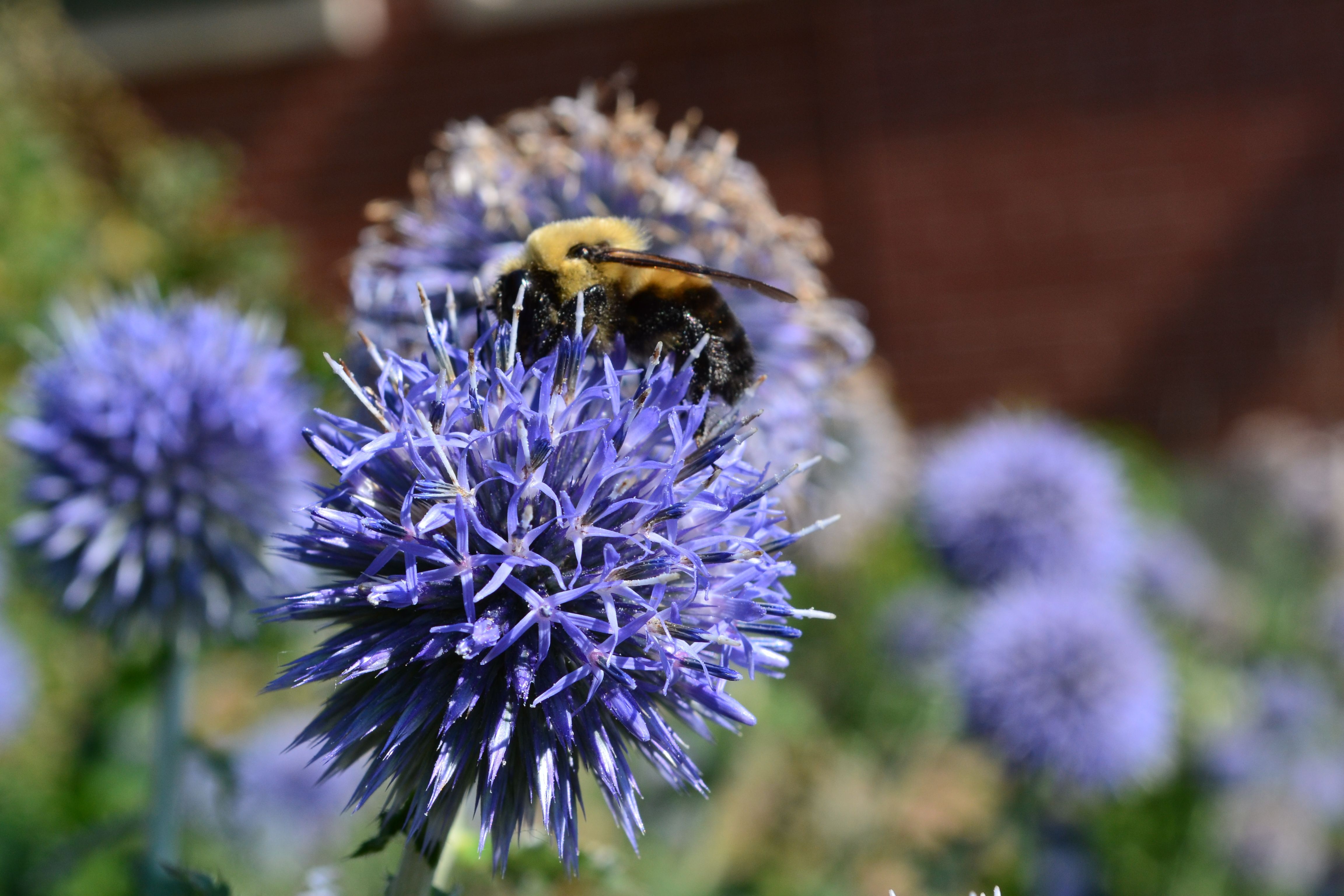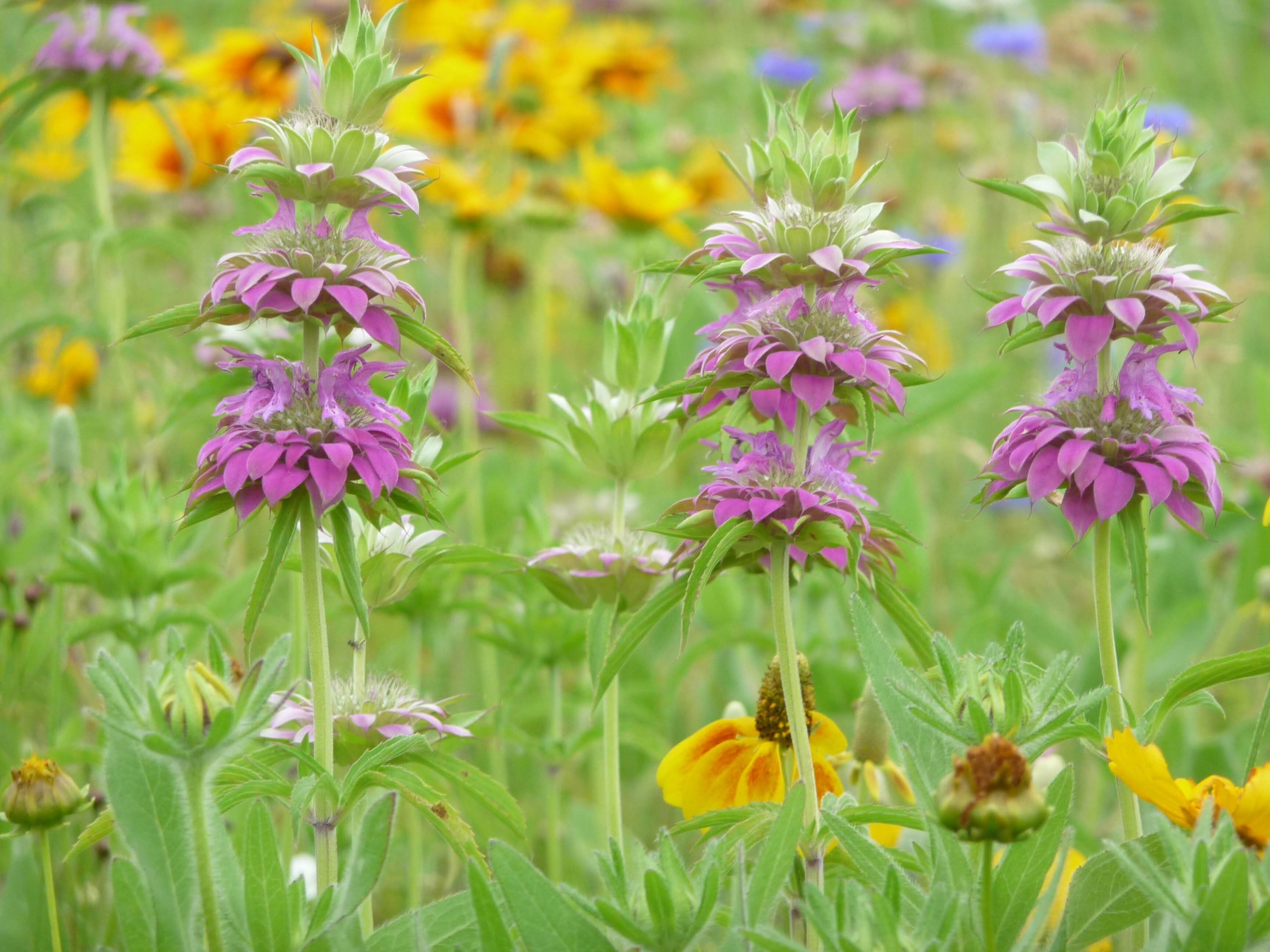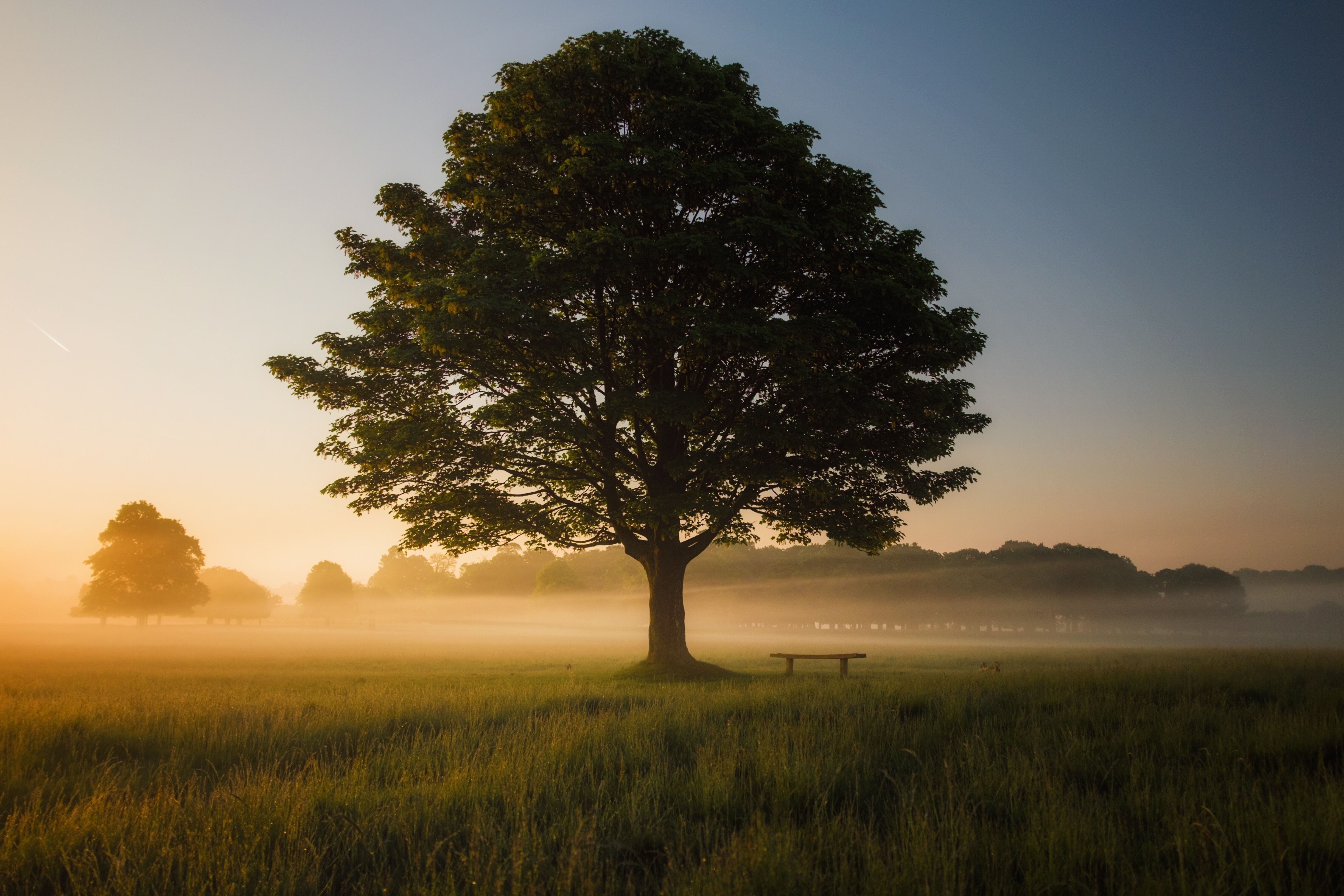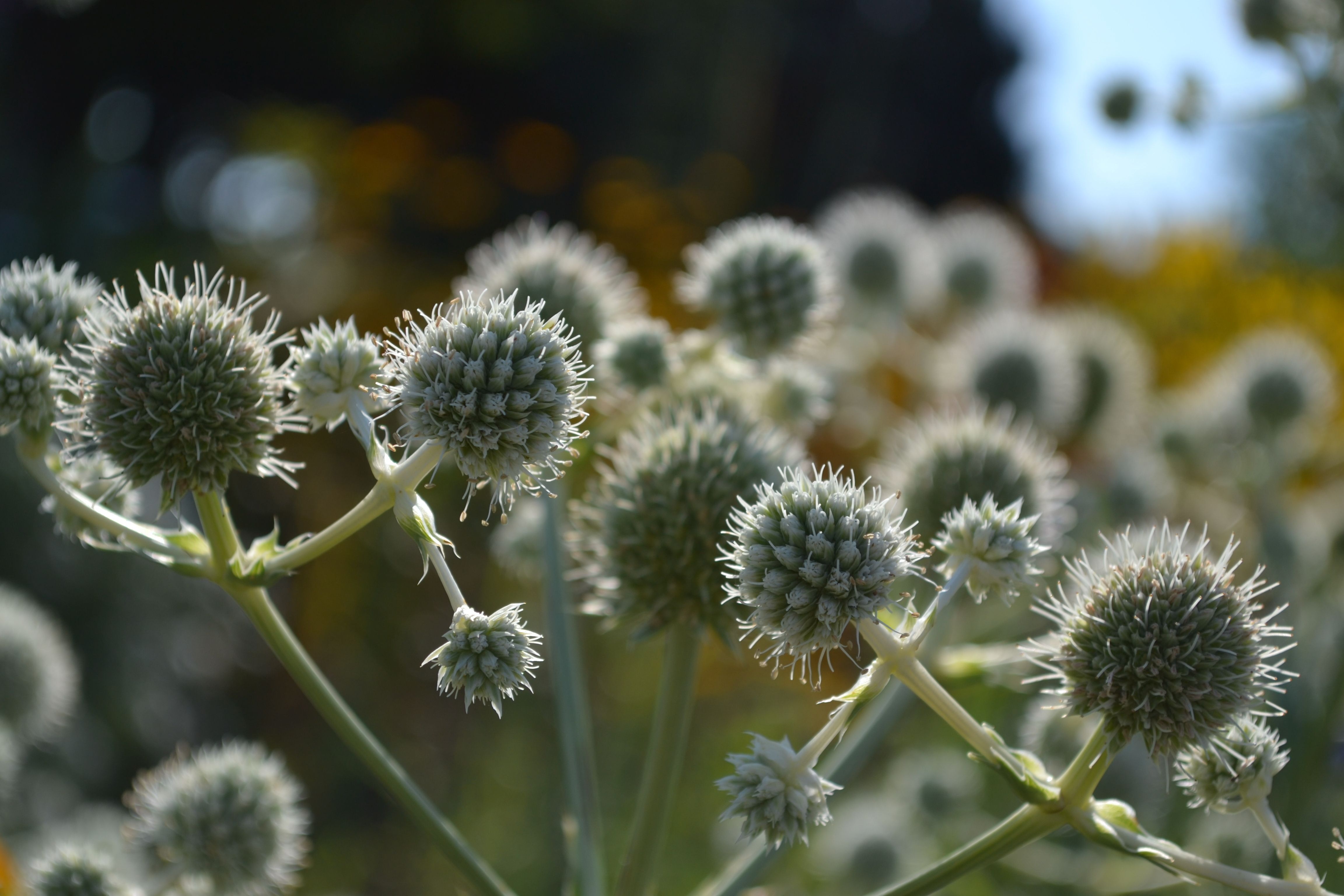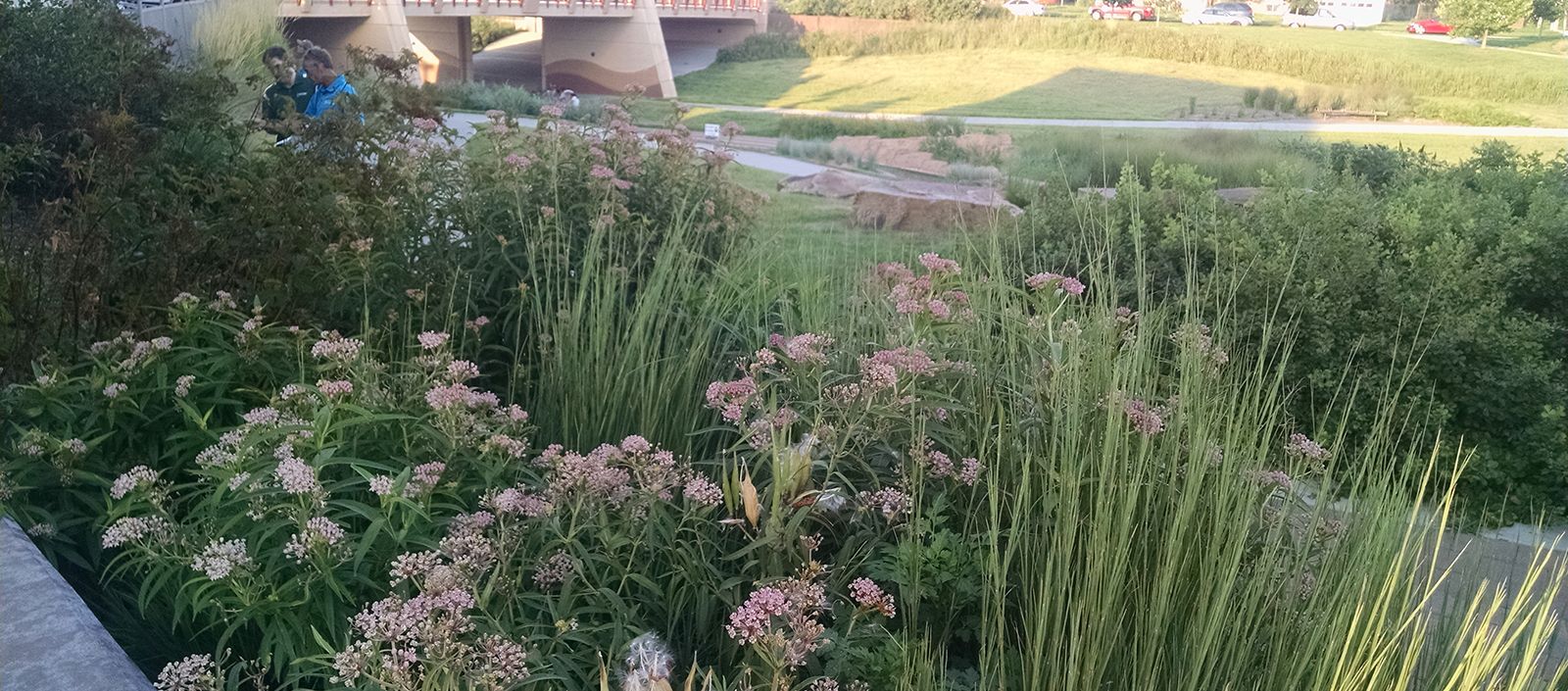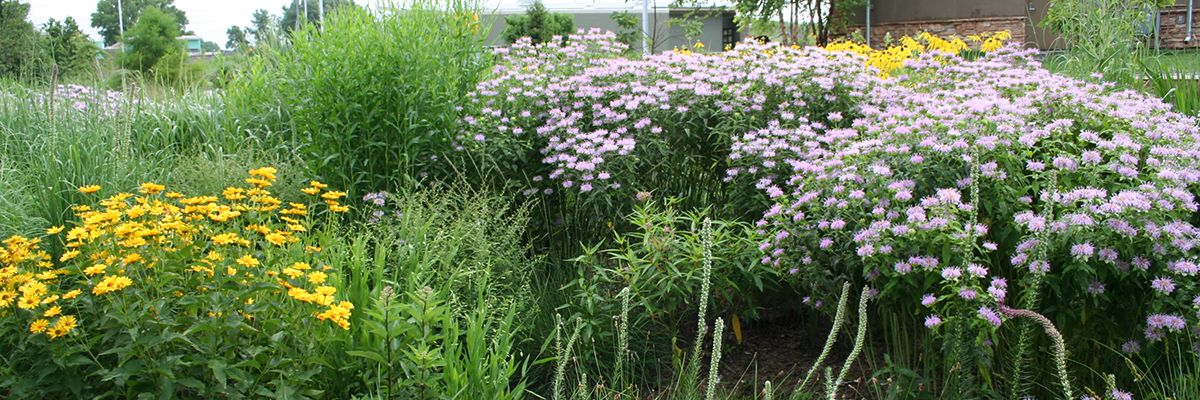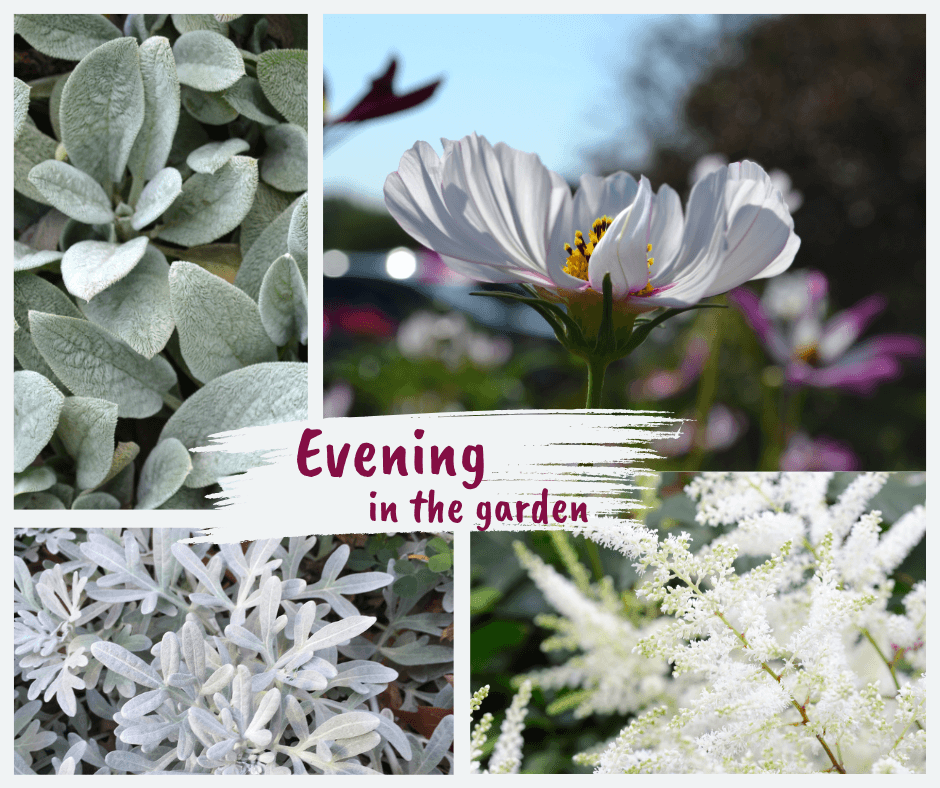
Image (clockwise from top left): lamb's ears, cosmos, astilbe and artemisia
Maybe you’re like me, in that you work all day and aren’t around to enjoy your landscape and gardens much during the day. Or maybe you’re a night owl and, when the weather is nice, enjoy the hours after sundown in your gardens. Whatever the reason, there are ways to increase your garden’s appeal during the nighttime hours.
Most gardeners design their landscape plantings with bright colors or incorporate contrasting foliage with burgundy tones. Bright-colored flowers and dark colored foliage are beautiful during the day. But burgundy foliage may “disappear” in the evening garden, while bright colors are harder to see and much less eye-catching at night. So, where do you start to create an evening garden with eye-appeal, and what plants should be added to increase your garden’s attractiveness at night?
Assess Your Site
Start by determining what garden areas should be your focus. Where do you spend time when you are outside in the evening? Do you enjoy sitting on a back deck or patio? You don’t need to modify all your gardens; just focus on those you enjoy most while being outside in the evenings.
Get ideas by taking an evening walk. What stands out to you in your neighbors' landscapes? Is there a bush or flower that catches your eye, even after the sun has gone down? Is there a color or texture that appeals to you? Think about incorporating it into your gardens. You don’t have to start from scratch; just incorporate a few new plants in your existing gardens to increase your garden’s appeal at night.
Rethinking Color
White and light pastel-colored flowers stand out more in the evening garden than do bright red, orange, blue or purple. Consider adding white-flowered cultivars of your favorite perennials, such as those below. There are also many white-flowered annuals which can be tucked into open spaces each spring.
- ‘White Gloria’ astilbe
- ‘White Queen’ cleome
- ‘White Swan’, ‘Fragrant White’ or ‘Kismet White’ coneflower
- ‘Sonata White’ cosmos
- ‘White Ness’ perennial geranium
- ‘Luna White’ hibiscus
- ‘Floristan White’ liatris
- ‘Snowy Morning’ lily
- ‘David’ phlox
Don’t forget grasses with variegated foliage or light-colored flowerheads.
- ‘Blond Ambition’ blue grama grass has seed heads which age to light tan, floating above the plant’s foliage.
- ‘Morning Light’ miscanthus has green and white variegated foliage that adds a fine texture and beautiful movement when a breeze is blowing.
Light-reflecting Plants
Plants with white or white-variegated foliage also bring interest to the evening garden. Consider any of the following plants, including any of the white variegated hosta.
- ‘Frosty Morn’ or ‘Autumn Charm’ sedum
- ‘Countess Helene von Stein’ or ‘Silver Carpet’ lamb’s-ears
- Artemisia ‘Silver Brocade’ (6-12” height) or ‘Silver Queen’ (24”+ height)
Night-Blooming Plants
There are flowers which only open at night, providing food for nocturnal pollinators. Sometimes these flowers are only open for one night, but new flowers take their place each day.
- Four o’clocks, Mirabilis jalapa. Their trumpet-like flowers are fascinating to watch as they twirl open at dusk. (annual)
- Evening primrose, Oenthera caespitosa subsp. marginata or O. speciosa ‘Alba’. (perennial)
- Moonflowers, Ipomoea alba. Their large white fragrant flowers begin to open at dusk. (annual)
As the finishing touch to your evening garden, add plants with fragrance such as sweet pea, stock, sweet alyssum, petunia, moonflower, four o’clock or tuberose. All have cultivars with white or light pastel flowers, along with a nice scent. Fragrant woody shrubs to consider include lilac, mockorange, rose or summersweet clethra.
Finally, even though you will be enjoying these plants at night, they must be given the correct light exposure, soil type and water needed to grow vigorously during the day. Choose plants that will thrive in the growing environments your garden has to offer, and you’ll soon be enjoying your evening garden even more.

